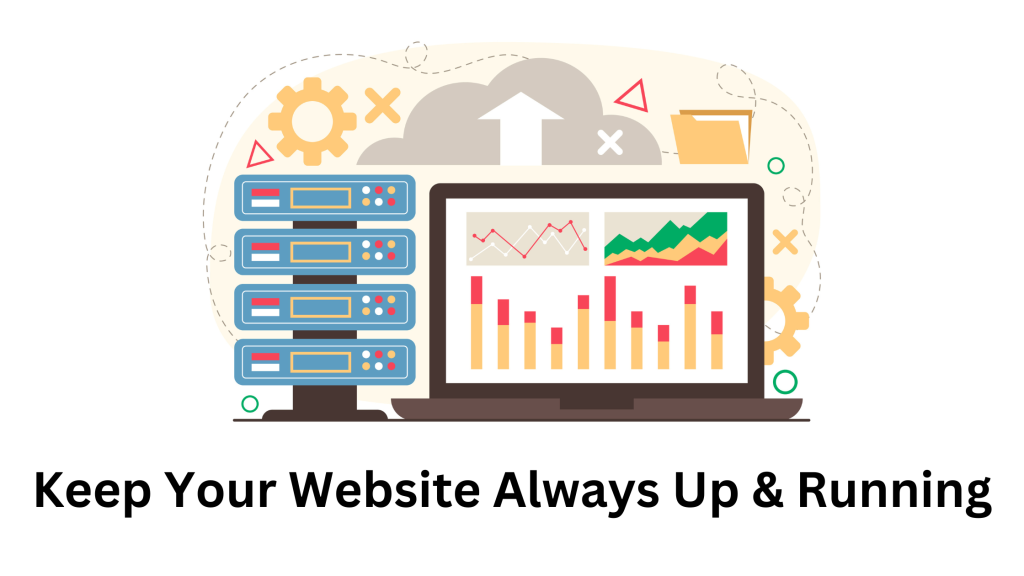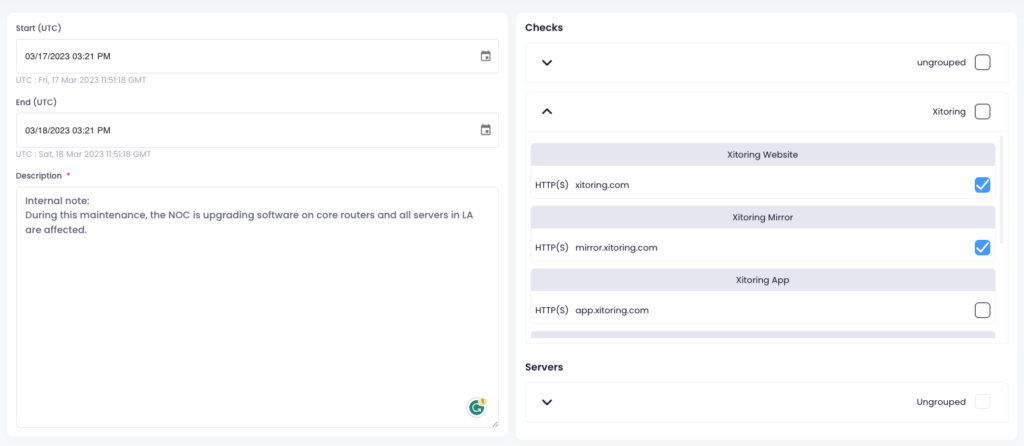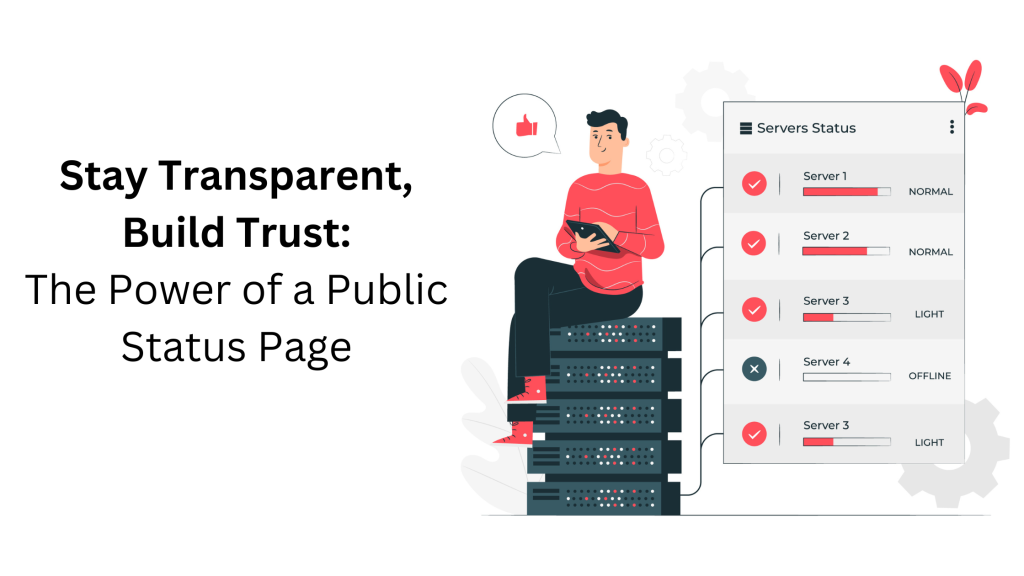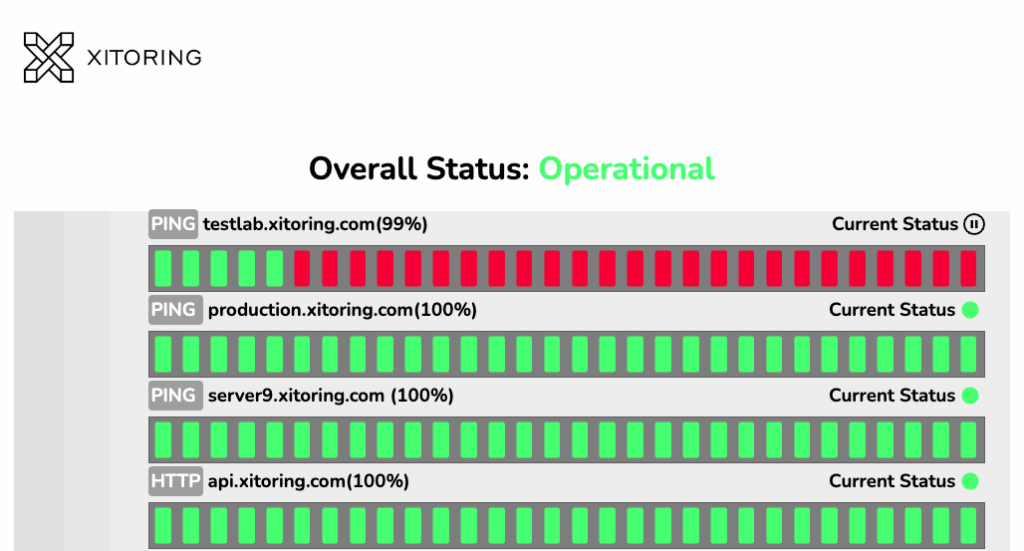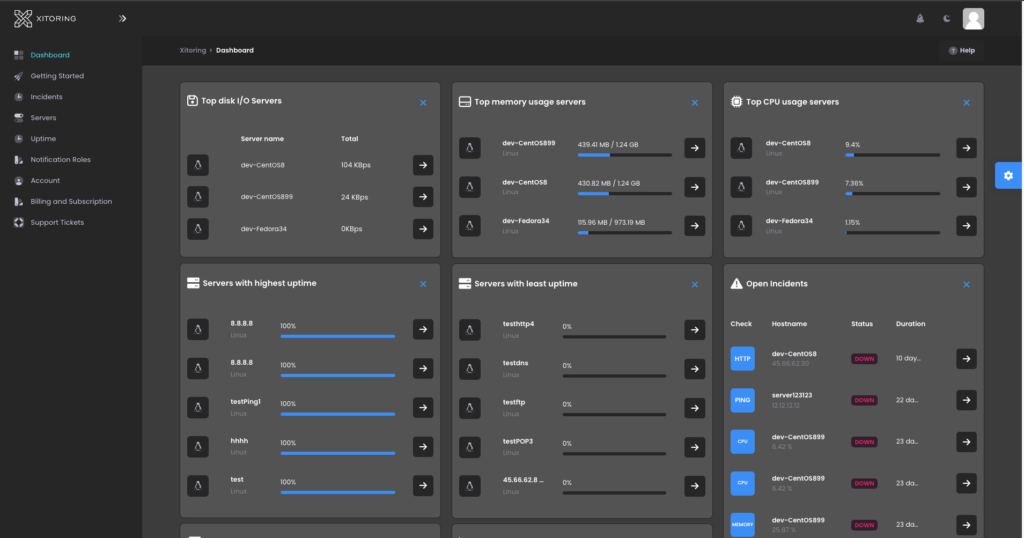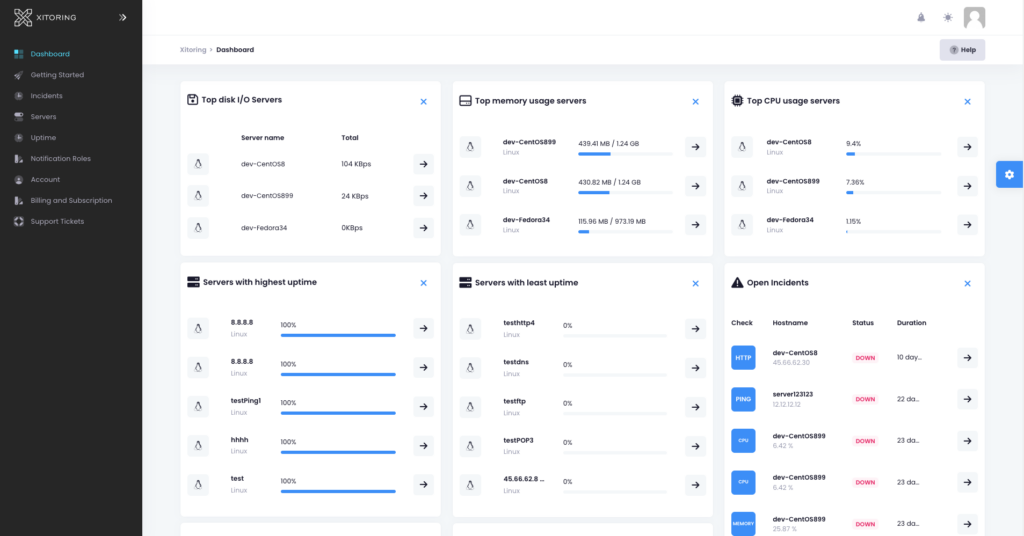Hello,
We are happy to announce our latest feature: “Webhook for Incidents”
Notification channels on Xitoring let you receive Incidents and Alerts about your servers and websites instantly. we are constantly working to add more Integrations to Notification Channels including Google Chat, Mattermost, and more.
we’ll go over how to set up webhook integration in Xitoring and give an example of what Xitoring will post to your webhook URL.
Creating a Webhook URL
To get started, you need to create a webhook URL in your server or application. This is the URL where Xitoring will send the webhook notifications. It’s essential to make sure the URL is publicly accessible and can receive HTTP POST requests.
Configuring Webhook in Xitoring
Once you have a webhook URL, log in to your Xitoring account and go to the Notification Roles page. From there, you can create a new notification role or add a webhook to an existing role. Then, enter your webhook URL in the field provided and click on “Send a Test Notification” to verify that everything is set up correctly.
Request breakdown
The following table is a guide to making it easy to integrate the Xitoring webhook feature into your application.
| Variable | Type | Example | Explanation |
|---|---|---|---|
| id | integer | 0 | The incident ID |
| group | string | “test group” | Name of the Group that check or server is assigned to |
| sub_group | string | “test sub-group” | Name of the Sub-group that check or server is assigned to |
| server_id | integer | 1 | ID of the server |
| check_id | integer | 1 | ID of the Check |
| label | string | “test server” | Server or Check label |
| name | string | “total” | Trigger name. e.g. total, used, keys |
| type | integer | 20 | According to the type list below this table |
| type_human_readable | string | “ping” | ping, http, dns, ftp, … |
| unit | string | “mb” | some incident have units like MB or GB, mostly metric values |
| value | sting | “” | Most metric incidents have values e.g. memory usage at time of the incident |
| status | integer | 0 | 0 is down and 1 is up |
| message | string | “” | The body of the message client gets |
| incident_time | integer | “” | time of the incident |
You can always be informed of our latest releases here.
If you have any questions, you can reach the support team at [email protected]
Stay tuned for new updates! 😎

